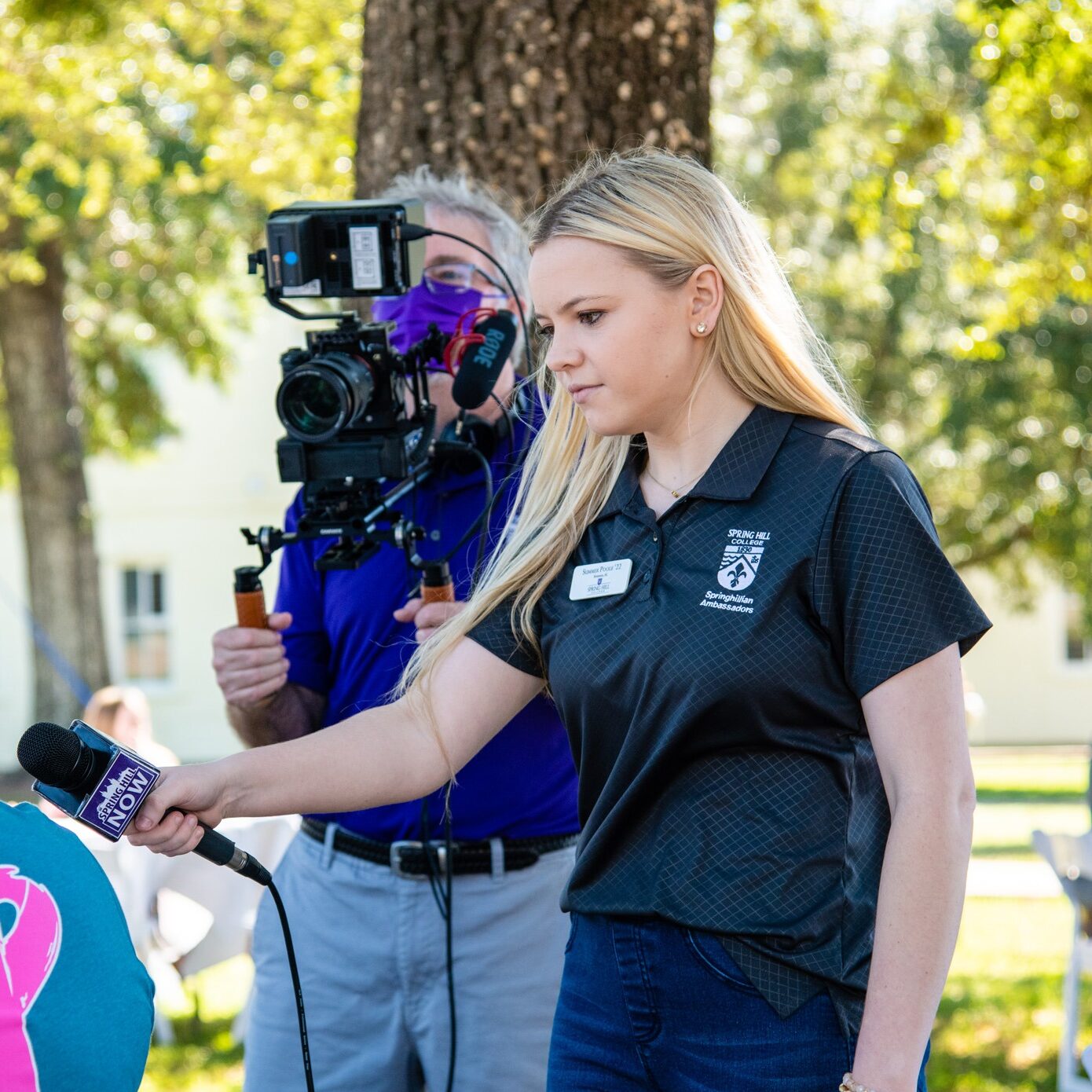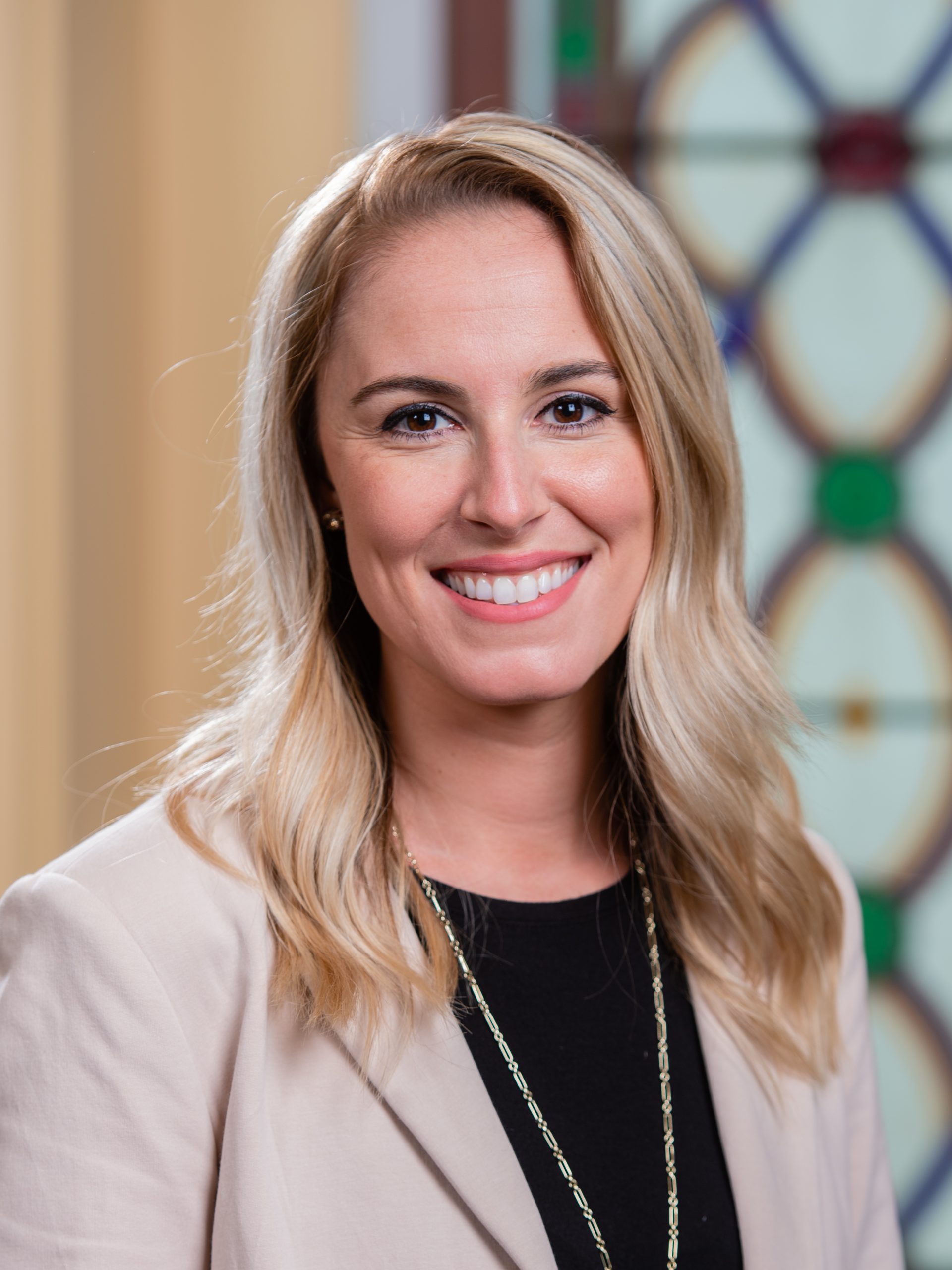Purbi Adhya
Assistant Professor, Mathematics
We believe there is intrinsic value for all students in examining the role of media and communication processes in our society today. They permeate our lives in both overt and subtle ways; and their serious study is very appropriate within a liberal arts context, where students are trained to be both free and responsible thinkers. For our majors we seek to cultivate a high level of media literacy and a keen awareness of the impact these media have on our life and culture. The Communication Arts department aims to provide students with a foundation for graduate study, for future professional accreditation and for careers within media and related fields. We believe that preparing our students to eventually participate in these media fields is a significant and worthwhile endeavor. Students progress from analysis and reflection to ethical action both as consumers and as potential producers of media content.
The College’s mission is integral to our program and we strive to promote “the common good of the global human community.” Guided by strong ethical principles and a concern for justice for everyone in the global community, we attempt to develop students’ skills on a number of levels: critical, analytical, theoretical and practical. Through various classes, internships, and on- or off-campus research papers and/or applied projects, students have an array of opportunities to demonstrate their mastery of these skills. We expect those graduating with a degree in Communication Arts to begin the serious journey – in their personal lives and in their media careers – of being “leaders engaged in learning, faith, justice and service for life.”

Spring Hill College offers a Bachelor’s in Communication Arts with concentrations in Public Relations/Advertising, Digital Video Production and Journalism.
The IMC a multifunctional lab space featuring state-of-the-art equipment and software. The purpose of the IMC is to enhance student learning by providing students with media experiences, using multiple intranet and internet distribution platforms that showcase students’ portfolio building and content creation activities (whether to inform, persuade, entertain or document) and serves the larger College community via on campus and internet streamed programming related to campus and community life in the form of news, feature and promotional outputs as well as athletics and academic event coverage.
The Integrated Multimedia Center is an enhanced security facility that is monitored by video surveillance.
Space Privileges & Enhanced Security Procedures: Public Safety monitors the Comm Arts/Graphic Design Integrated Multimedia Center (IMC) through video surveillance, door alarms and ID card swipe entry. Keypad and supervised access are additional enhanced security procedures applied to the space. Access privileges are on a per-semester basis only. Students enrolled in this course have access to facilities when not in use for classes and may enter the facility using ID card swipe and keypad codes after hours until 9 p.m. At midnight the facility will be secured by Public Safety and students must vacate the facility (unless exceptions are arranged by faculty). Policies enumerated in the SHC Bulletin of Information regarding “Academic Support Facilities” apply.
Students have responsibility to care for facilities and equipment. Food is not allowed near stationary or portable equipment nor on the upholstered furniture in the IMC. Drinks must be covered. Computer-related or other technical problems should be reported to the helpdesk, your instructor, the IMC Operations Manager or the division secretary immediately. Failure to abide by policies and procedures could result in penalties such as a grade reduction, suspension or reduction of privileges.
After-hours access occurs by swiping each permissioned student’s ID card over the black security panel to the left of the door. One student, one swipe! Do not enter the facility on someone else’s ID card and do not allow others to enter on your ID card. Public Safety maintains records of who enters the facility after hours and in the event of theft, vandalism or similar incidents, students appearing in their records and in video records may be questioned.
Information on Computer Facilities, Laboratories and Studios can be found under Academic Support Facilities in the current Bulletin of Information.

Assistant Professor, Mathematics

Assistant Professor

Associate Professor; Department Chair, Communication Arts

Director of Educational Technology
Class of 2021: Jamison, Williams, Chavarria, Thayer, Jacoby
Class of 2020: Bizette, Sterrett, Brouillette, Weishaar, Hoffeld
Class of 2019: Dunham, Carroll, Hendler
José Eduardo Chavarría – An Inside View of Immigration – A web-series documenting the experiences of Hispanic/Latino immigrants to Alabama.
Olivia McNorton and Nathan Taylor, Navigating the Spectrum – a docu-series on autism spectrum disorder and the autistic community in Alabama.
Tara Summers, Women in Music – a podcast series about gender inequity and sexism in the music and radio industry.
Grace Crapps and Eleanor Grindinger, One Hill – a digital yearbook commemorating the class of 2024.
Alexandria Rayford, Twice As Good – a vlog about the concept that minorities in America feel they must work twice as hard just to be considered half as good.
Jared Jacoby, Stream-A-Zine – a digital magazine covering streaming film and TV content.
Carlos Salmoran – The Midnight Takeover – a documentary about street car-racing in Atlanta, GA.
Emma Carroll, Effects of CGI on Visual Media Consumers – a research paper applying Baudrillard’s concept of hyperreality to computer-generated images in film and advertising.
Alyssa Miles, Fully Alive – A short documentary film exploring existential questions about work, self and vocation by looking into who we are as individuals and who we are called to be.
Cassidi Sterrett, Where’s the Women? – A documentary series devoted to the inequity between male and female athletes.
Caroline Hunt, Behind the Masks – a blog exploring the Mardi Gras traditions in different parts of the South.
Amelia Hoffeld, The Rebranding of Volkswagen – a case study of brand identify and strategy shift.
Communication Arts students concurrently enroll in CMM/WRI 251 Intro to Media Writing (W)(3)and CMM 252 Intro to Media Production Lab (1). Students purchase a Media Kit in the CMM 252 through lab fees and are taught to use the equipment well enough to tell at least two stories from Intro to Media Writing in multimedia format for Intro to Media Production. The two course instructors collaboratively require students to upload their writing and multimedia work to a free website and students are encouraged to use this as the base of their pre-professional portfolios.
The Comm Arts Media Kit becomes the property of the student upon acceptance. On kit issue day, which occurs after the drop/add period has ended, students record serial numbers of Media Kit components and indicate receipt of included items in good condition: camera, two lenses, tripod with two heads, recording device, microphones, earbuds for editing, memory, bag, tag and etc. Copies of this receipt are kept in Communication Arts, provided to Student Financial Services and given to the student.
The Media Kit should be used outside of classes and in future courses, such as CMM 373 or 365 and for courses with BYOD (bring your own device) options – ex. CMM 254.